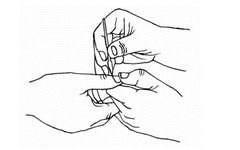Bloodletting Therapy:
Also known as the Sanleng needle method, this technique involves using a three-edged needle to puncture blood vessels or acupoints, allowing a suitable amount of blood to be released or a small amount of fluid to be squeezed out, or to sever subcutaneous fibrous tissue to treat diseases. The method of releasing a suitable amount of blood for therapeutic purposes is known as bloodletting or bloodletting therapy.
The ancient practice of bloodletting therapy has a long history in TCM treatment: “Su Wen: Blood and Qi Formations” states: “In treating diseases, one must first remove the blood.” “Ling Shu: Nine Needles and Twelve Origins” proposes the treatment principle of “if it is stagnant, remove it.” In “Ling Shu: Official Needles,” there are methods such as “Luo needle,” “Zan needle,” and “Leopard pattern needle.” “Ling Shu: Blood Vessel Theory” further clarifies the application scope of bloodletting therapy, such as blood vessels that are “stagnant and hard, appearing red,” “small as a needle,” or “large as a tendon.”
Operational Methods:
The operation methods of the three-edged needle are generally divided into four types: point puncture method, bloodletting method, scattered puncture method, and lifting treatment method.
-
Point Puncture Method: This method involves puncturing acupoints to cause bleeding or to squeeze out a small amount of fluid. It uses a three-edged needle to puncture acupoints or blood vessels to treat diseases. Before needling, the practitioner uses the thumb and index finger of the left hand to press around the intended needling site to accumulate blood at the puncture site. After routine disinfection, the left hand’s thumb, index, and middle fingers pinch the puncture site, while the right hand holds the needle, puncturing straight down 2-3 mm, quickly inserting and withdrawing, gently squeezing around the needle hole to allow a few drops of blood to flow out or to squeeze out a small amount of fluid. Then, a disinfected cotton ball is used to apply pressure to the needle hole. To extract a certain amount of blood or fluid, the depth of the puncture should not be too shallow.
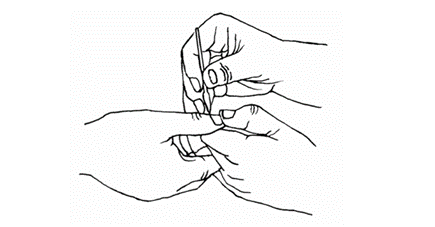
2.Bloodletting Method: This is divided into shallow and deep punctures.
Shallow Puncture: This method involves puncturing superficial small veins that are visible due to the disease. After routine disinfection, the right hand holds the needle vertically to puncture quickly, requiring steady, precise, and fast movements. A single session results in 5-10 mL of blood. This method is often used in areas where small veins are visible, such as the back of the lower limbs, forehead, temples, and dorsum of the foot.
Deep Puncture: This method involves puncturing deeper, larger veins to release a certain amount of blood, known as bloodletting. A band or rubber tube is first tied around the upper end of the puncture site (proximal end), followed by rapid disinfection. During needling, the left thumb presses on the lower end of the puncture site, while the right hand holds the three-edged needle aimed at the vein, puncturing 1-2 mm deep, then quickly withdrawing the needle. After bleeding stops, a disinfected cotton ball is used to apply pressure to the needle hole. This method results in a larger volume of blood loss, with a single treatment potentially resulting in tens or even hundreds of milliliters of blood loss, often used in the cubital fossa, popliteal fossa, and areas of small venous stasis.
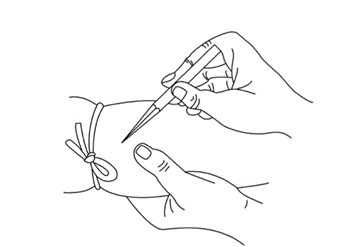
3.Scattered Puncture Method: One hand stabilizes the puncture site while the other hand holds the needle to puncture multiple points at the treatment site. Depending on the size of the lesion, several needles may be used, even more than ten, puncturing from the outer edge of the lesion towards the center to promote the discharge of stasis or edema, achieving the goal of unblocking meridians and activating collaterals. The depth of puncture is determined by the thickness of the local muscle and the depth of the blood vessels. This method is often used for local stasis, edema, stubborn eczema, etc.
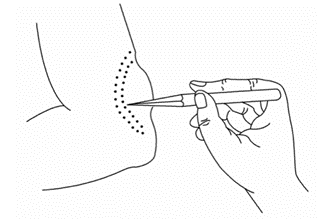
4.Lifting Treatment Method: This method involves using a three-edged needle to sever the subcutaneous fibrous tissue at acupoints to treat diseases. After local disinfection, the left hand pinches the skin at the treatment site, and the right hand holds the needle, entering the skin at a 15°-30° angle, then lifting the needle tip to break the skin or subcutaneous tissue, and a certain amount of blood or fluid may be squeezed out. A sterile dressing is then used to protect the wound, secured with adhesive tape. For those who are sensitive to pain, local anesthesia with 2% lidocaine may be applied before the procedure.
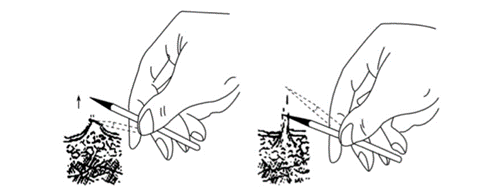
Application of Bloodletting Therapy in Dermatology:
1.Urticaria: Urticaria is primarily caused by the dilation of blood vessels in the skin and mucous membranes, leading to increased permeability and localized edema. Clinical symptoms manifest as raised wheals on the body or all over, accompanied by itching. In severe cases, it can lead to angioedema, difficulty breathing, abdominal pain, diarrhea, and even anaphylactic shock, greatly affecting the patient’s quality of life. Clinically, cases lasting less than 6 weeks are classified as acute urticaria. TCM has rich experience in treating acute urticaria with fewer adverse reactions and better prognosis. Bloodletting therapy has a long history in China, with advantages of simplicity and definite efficacy. Wind-heat pathogens invade the skin, and bloodletting therapy can dispel wind and drain heat, expelling pathogens.
2.Acne: In TCM, acne falls under the categories of “lung wind acne” and “facial sores,” often caused by blood heat in the lungs, commonly appearing on the face and nose. Due to an excess of damp-heat in the body, dampness generates internally, leading to damp-heat stagnation in the skin and manifesting on the face. Bloodletting can help release internal heat, allowing heat toxins to be expelled through the meridians, achieving the effects of detoxification and heat clearance, reducing internal pressure, treating the “symptoms” by clearing acne, and addressing the “root” by regulating the body, expelling pathogens, and promoting local lymphocyte and blood circulation.
3.Herpes Zoster: In TCM, herpes zoster is classified as “waist fire sore” or “snake string sore,” often caused by liver excess, blood deficiency, and qi and blood stagnation, leading to meridian obstruction, while damp-heat toxins stagnate in the body and cannot disperse, hiding in the viscera and manifesting on the skin. The treatment principle is to drain fire and detoxify, clear heat and promote dampness. Bloodletting therapy for this condition typically uses plum blossom needles, with the needle tip aimed at the Ah Shi point, tapping from the edge towards the center. This therapy can promote the smooth flow of qi and blood, aiding in the recovery of herpes zoster lesions. Additionally, the plum blossom needle’s broad tapping range can promote capillary rupture, causing slight local stasis, which aids in tissue repair and regeneration; at the same time, bloodletting can expel some painful substances along with the blood, preventing the production and accumulation of painful substances in the body, alleviating the neuralgia caused by herpes zoster.
4.Psoriasis: Psoriasis is a common chronic inflammatory skin disease, primarily in the plaque form. In TCM, it is categorized as “dry eczema” or “pine skin disease,” believed to be related to blood heat. Patients may develop this condition due to constitutional or external factors, with heat entering the blood, burning body fluids, leading to dryness and wind, and the skin losing moisture and nourishment, resulting in scales; or heat toxins accumulating in the body, obstructing the normal flow of qi and blood, leading to psoriasis. Treatment focuses on clearing heat, cooling blood, and expelling toxins. Traditional TCM bloodletting therapy selects local Ah Shi points, typically using three-edged needles for puncturing or plum blossom needles for tapping, achieving local blood activation and heat drainage effects.
Precautions:
1.Provide necessary explanations to patients to alleviate their concerns, especially for those with larger bloodletting volumes.
2.Strict disinfection is required to prevent infection.
3.During the procedure, the technique should be light, steady, precise, and quick, avoiding excessive force to prevent deep punctures, excessive trauma, and damage to other tissues, especially avoiding injury to arteries.
4.Use caution with patients who are weak, anemic, hypotensive, pregnant, or postpartum. This method is not suitable for patients with bleeding tendencies or vascular tumors.
5.Bloodletting treatment is generally performed once every 2-3 days, and for those with significant blood loss, it can be spaced out to once every 1-2 weeks.
References:
Wu Huiying, Jiang Wentao, Huang Shu. Exploration of the Current Application and Mechanism of Bloodletting Therapy in Dermatology [J]. Modern Medicine and Health Research Electronic Journal, 2021, 5(04):139-142.
Li Bing, Tian Gang, Wang Xijiao, et al. Clinical Study on the Combination of Wind-Expelling and Heat-Clearing Formula with Bloodletting Therapy for Wind-Heat Type Acute Urticaria [J]. Liaoning Journal of Traditional Chinese Medicine, 2023, 50(06):147-149. DOI:10.13192/j.issn.1000-1719.2023.06.040.
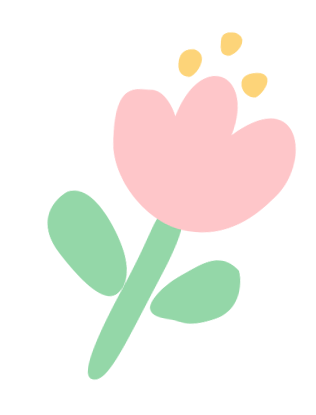
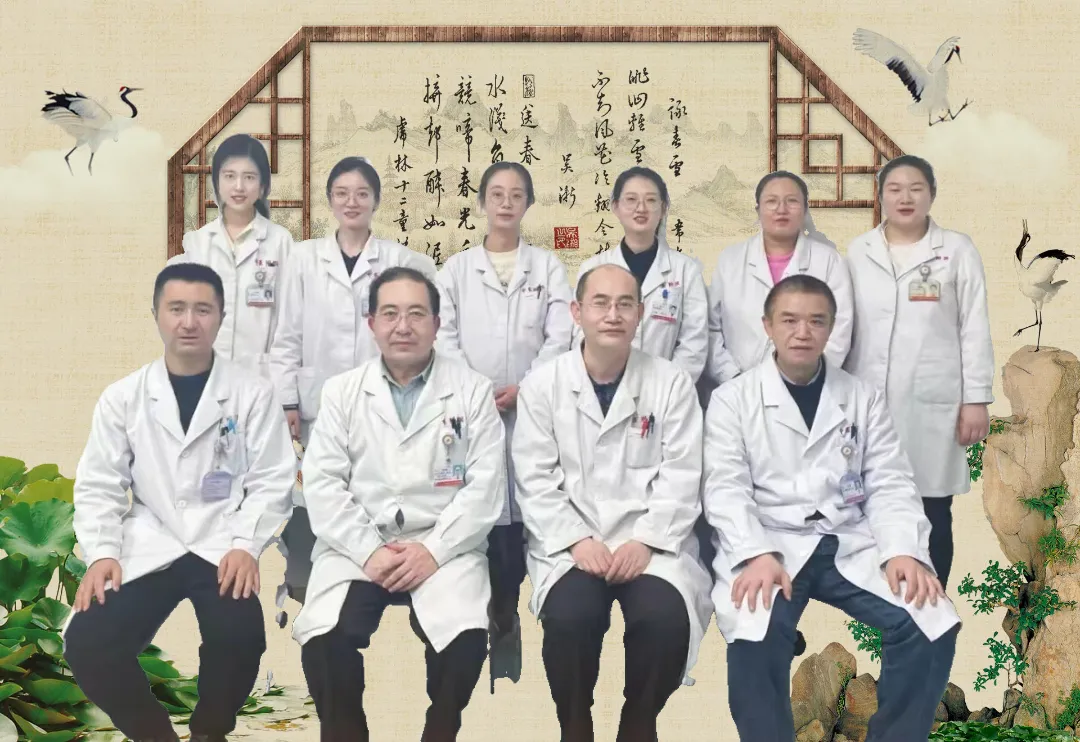
Qianfo Mountain Hospital Address: 4th Floor, South End, Bian Que Building, No. 16369, Jing Shi Road, Lixia District, Jinan City
Baotu Spring Hospital Address: Northeast Area, 5th Floor, Huimin Building, No. 42, Wenhua West Road, Lixia District, Jinan City
Contact Number: 0531-68616422 (Qianfo Mountain Hospital); 0531-68901473 (Baotu Spring Hospital).

